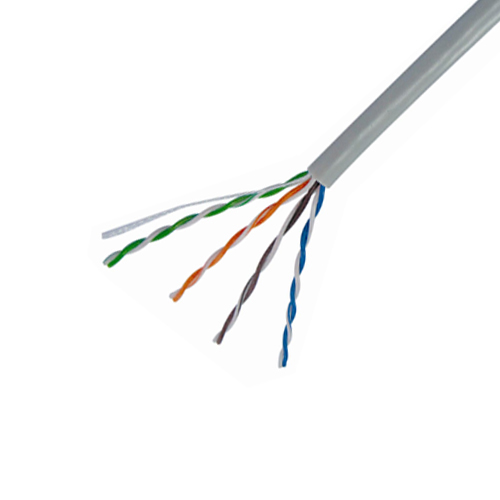Construction and classification of
cables (2)
4. Classification of insulating materials
Oil-impregnated paper insulated power cable: It has the characteristics of low cost, long life, good heat resistance and electrical stability. Widely used in various low-voltage power
cables. It usually uses paper as insulating material, impregnated with insulating impregnating agent. According to the situation of the impregnating agent and different insulating structures, it is divided into the following types. Ordinary sticky impregnated paper insulated cable, its impregnating agent is a sticky impregnating agent composed of low-voltage cable oil and rosin. According to different structures, it can be divided into general package type, phase-separated lead (aluminum) package and phase-separated shield type. Plastic insulated cables: Plastic insulated cables are easy to manufacture, light weight, easy to manufacture terminals and intermediate heads, small bending radius, simple installation, easy maintenance, chemical resistance and water resistance. They are used for high drop and vertical laying applications. Plastic insulated cables are PVC insulated cables and XLPE insulated
cables.
5. The former is used for cable lines below 1KV, and the latter is used for high-voltage cable lines above 10KV. Rubber insulated cable: due to elasticity, stable performance, good electrical, mechanical and chemical properties, a large number of
cables in 1kv. Flame retardant PVC insulated cable: The common disadvantage of the first three cables is that the material is flammable. When an accident occurs in the line or joint, the cable may be burned due to local overheating, expanding the scope of the accident. Flame retardant
cables are added with flame retardants in PVC, so they will not burn even if they are grilled with an open flame. A plastic cable used for cable lines below 10kV.
6. The coefficient of insulated wires and suspended insulated wires should not be less than 3. The load of the steel wire hanging on the insulated wire shall include the mass of the insulated wire, steel strand, insulation support and 200kg construction load. The small section of the steel strand should not be less than 50mm2. Different metals and different gauges, different ground wires and no bearing wires connected to clusters within the span are strictly prohibited. At a distance, there should be no more than one bearing splice per wire. The connection line of the fixed point should not be less than 500mm. The coefficient of the insulating support should not be less than 5, and the tensile force of the insulating rod should not be less than 90% of the breaking force of the wire rope. The destruction of insulating pillars and insulating rods should meet the requirements of short-circuit power.

